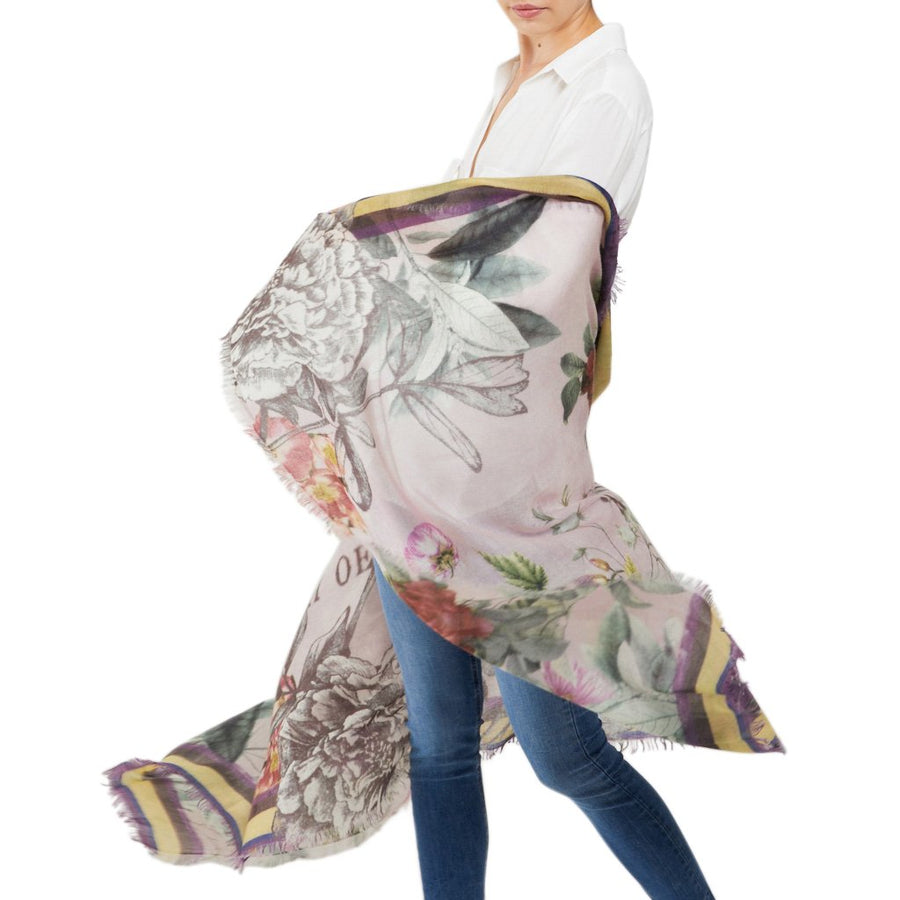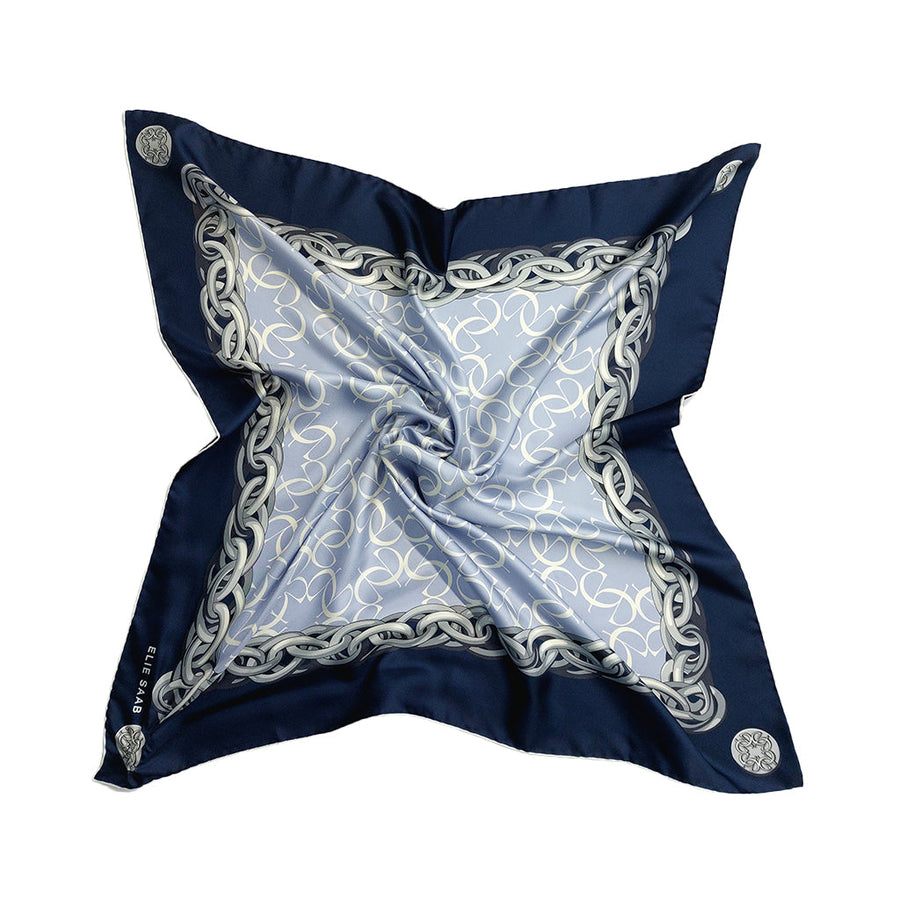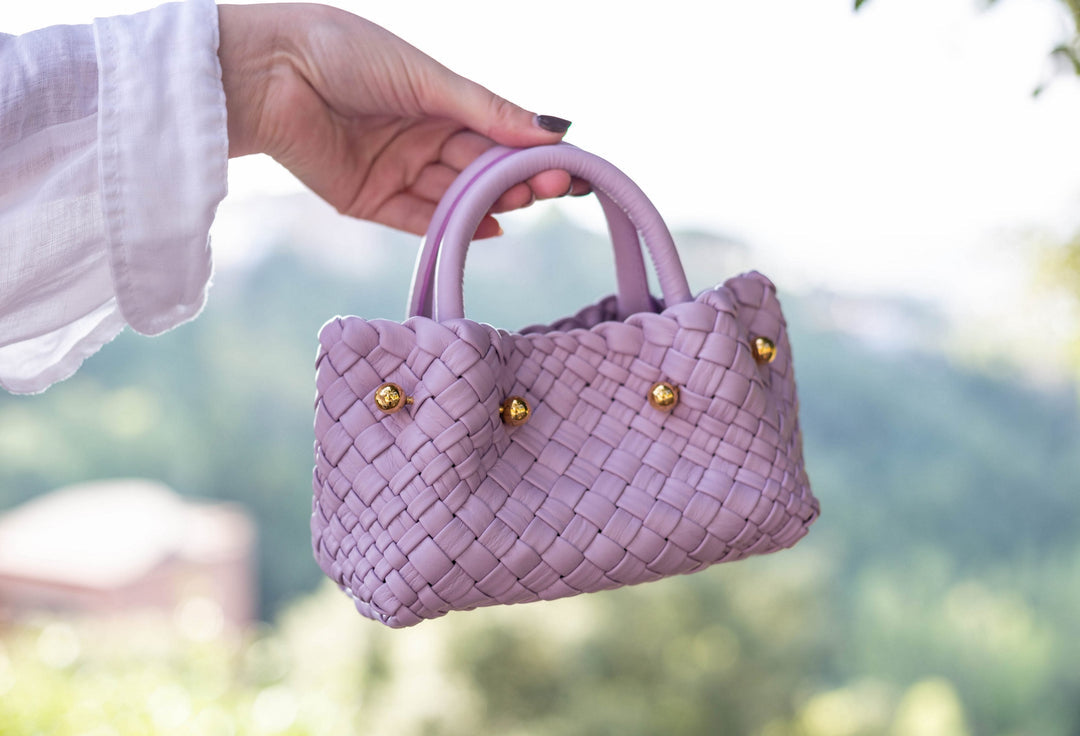Naturally Stylish: Embracing Vegetable-Tanned Leather in the Modern Fashion Brand World
Vegetable-tanned Leather and its Features
What is vegetable tanned leather?
Vegetable-tanned leather is a type of leather that is treated with natural tannins derived from plants. This type of leather is exceptionally durable and environmentally sustainable.

Tanning Process
At the heart of the tanning process lies plant-based tannin. This substance is obtained from the bark, leaves, fruits, and branches of various types of trees and plants, including oak, elm, pomegranate, and many others. Plant tannins penetrate the structure of the leather and stably bind the proteins within it, making the leather more robust and resistant to environmental impacts. From an ecological and sustainability standpoint, vegetable tanning surpasses chemical tanning. It does not use heavy metals, making the process safer for people and the environment.
Features of Vegetable-Tanned Leather
Vegetable-tanned leather is distinguished by its naturalness and unique character. It has an inimitable aroma, which can be described as fresh and forest-like. The leather acquires a unique shade that becomes darker and richer over time. It's also worth mentioning that vegetable-tanned leather can breathe. This means that moisture can evaporate through its pores, making this material perfectly suitable for the production of shoes and clothing.

Inclusion and Accessibility
Vegetable tanning welcomes all life diversity and creates products that can be used by everyone, without exception. Products made from vegetable-tanned leather can be adapted for people with various needs, including those with disabilities. The production process can be adapted to include people with different abilities. For instance, workshops can be equipped for individuals with limited mobility or visual impairments.
From the History
The use of vegetable tanning in leather has deep historical roots that stretch back thousands of years BC. This process was one of the first ways humans learned to treat animal hides, using them for clothing, footwear, gear, and tools. The earliest mentions of vegetable tanning can be found in the ancient civilizations of Egypt and Mesopotamia around 4000 BC. They used plants rich in tannins, including oak and elm, for the leather treatment. Various methods of vegetable tanning were widespread around the world. The ancient Greeks and Romans perfected this process, utilizing oak, sumac, and myrtle. Vegetable tanning was a key element in the development of these civilizations, providing quality materials for clothing, footwear, and military uniforms. In the Middle Ages, this process was widely spread throughout Europe, particularly in Italy, Germany, and France, where improved tanning methods led to the creation of high-quality leather known worldwide. During the Industrial Revolution in the 18th and 19th centuries, chemical tanning using chromium compounds was introduced. However, despite this, vegetable tanning retained its importance, especially in artisanal and high-quality goods. In the present era of sustainable development and ecological consciousness, vegetable tanning is experiencing a sort of renaissance, becoming increasingly popular among those who value natural and durable materials.
Manufacturing Process
The process of making vegetable-tanned leather is a long-term and labor-intensive process that requires considerable effort and precision. Here are the main stages of this process: Preparation: The first step in the tanning process is preparing the hide. This involves removing hair and other residues from the surface of the hide, as well as softening and cleaning the hide from fats and proteins. Tanning: At this stage, the hide is placed in baths with vegetable tannins. The hide soaks in these substances for several weeks or even months, depending on the thickness of the hide and the desired result. Processing: After tanning, the leather is processed using various methods to enhance its quality and resilience. This can include stretching, moisturizing, leveling, and other methods. Finishing: In the final stage, the leather is treated with special solutions to give it smoothness and shine, as well as to protect it from water and other environmental impacts. It's important to note that each of these stages can be adapted to account for different needs and abilities. For instance, tools and equipment can be modified for individuals with disabilities, and the training process can be adapted for people with various learning abilities. Inclusivity and accessibility are key aspects in the process of making vegetable-tanned leather.
Durability
Vegetable-tanned leather is known for its high durability and strength. The ability of vegetable tannins to penetrate deep into the structure of the leather and stably bind proteins makes it very resistant to mechanical damage and environmental impacts. Another important characteristic of this material is its ability to improve over time. Vegetable-tanned leather can change color and texture under the influence of use and age, acquiring a unique, "patinated" appearance. In addition, vegetable-tanned leather has excellent water resistance and flexibility, allowing it to maintain its shape and not stretch over time. All these factors make vegetable-tanned leather the ideal choice for products that are intended for long-term use, such as bags, shoes, belts, and furniture. But it's important to remember that, like any other natural material, vegetable-tanned leather requires proper care to maintain its properties and appearance for many years.
Price

The price of vegetable-tanned leather is formed from several factors: Raw Material: The cost of the raw hide, specifically the quality and size of the hide, contribute to the overall cost. Tanning Process: Vegetable tanning is a labor-intensive and lengthy process that requires a significant amount of time and effort. Also, due to the necessity of using a large quantity of vegetable tannins, the cost of the process is increased. Final Processing and Finishing: This includes additional processes such as dyeing, polishing, and other methods that can raise the cost. Durability and Longevity: Vegetable-tanned leather is known for its durability and longevity, which also affects the price. Compared to regular leather, which is often treated with chemical methods, the price of vegetable-tanned leather can be higher due to the factors mentioned above. However, it's worth considering that when buying vegetable-tanned leather, you're investing in a product that will last a long time and not harm the environment. It's important to remember that both consumers and manufacturers can contribute to creating a more sustainable and inclusive world by choosing and supporting production methods that respect the environment and all forms of life.
Environmental Impact
The production of leather can have a significant impact on the environment, and this effect varies considerably between vegetable tanning and conventional tanning. Impact of Vegetable Tanning: In the process of vegetable tanning, natural substances - tannins derived from the bark, leaves, fruits, and branches of various plants are used. This process does not create toxic waste that can harm the environment. Moreover, vegetable-tanned leather can be safely recycled or biodegradable after the end of its service life. Impact of Conventional Tanning: In contrast to vegetable tanning, conventional tanning typically involves the use of chemical substances, including heavy metals such as chrome. These substances can be very harmful to the environment and human health. Waste from the production of such leather can pollute water sources and soil, as well as adversely affect human health. From an inclusivity and environmental respect perspective, choosing vegetable tanning is preferable. This method is not only more environmentally friendly but also creates products that are durable and can be used by all people, regardless of their needs and abilities. Together, we can strive for a more sustainable and inclusive world by choosing and supporting such production methods.



